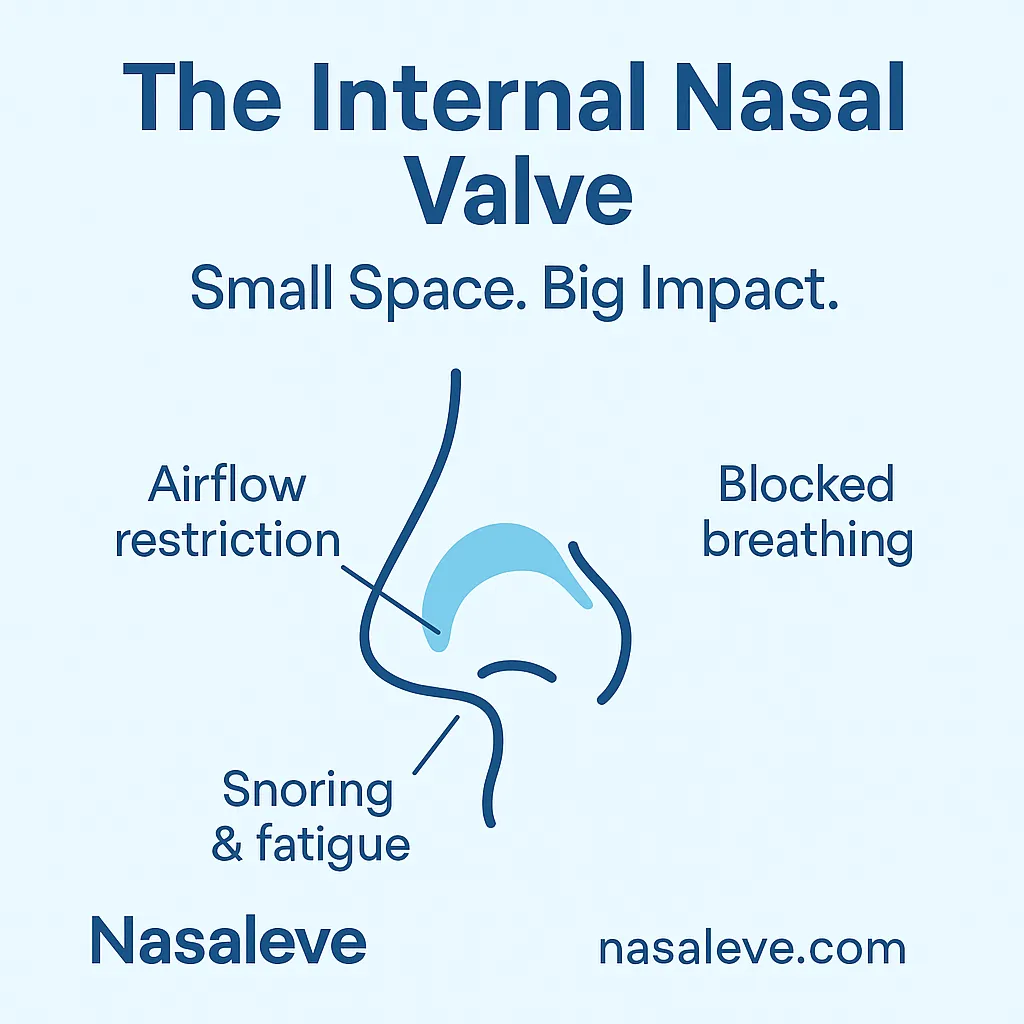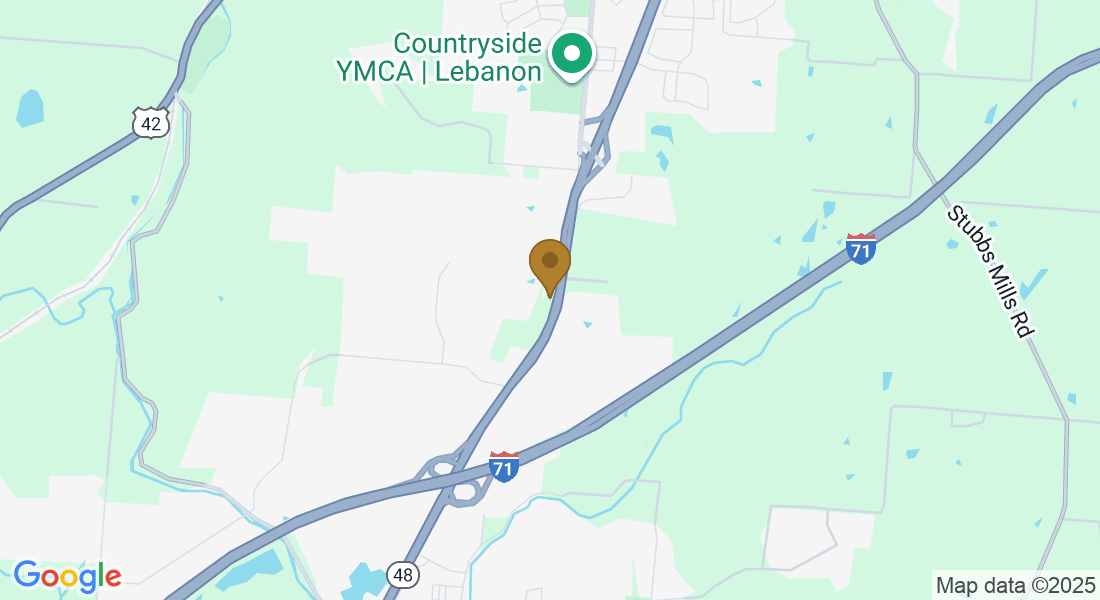
The Internal Nasal Valve: Small Space, Big Impact
Introduction
Your nose does more than just sit on your face — it’s a complex system that controls how you breathe. At the center of it all is the internal nasal valve, the narrowest part of your airway. It may be small, but when it doesn’t work properly, the impact on your breathing, sleep, and energy can be huge.
What Is the Internal Nasal Valve?
The internal nasal valve is a triangular space inside your nose where airflow is at its tightest. It’s formed by:
The septum (the wall dividing your nostrils)
The lower edge of the upper lateral cartilage (the structure supporting your nose)
The floor of the nasal cavity
Think of it as the “gateway” for air entering your lungs. If this gateway narrows or collapses, airflow is restricted, making it difficult to breathe through your nose.
Why Does It Matter?
Even though the nasal valve is small, it creates the greatest resistance to airflow. This means:
If the valve is healthy → smooth, efficient breathing.
If the valve collapses → blocked breathing, especially during deep inhalation.
That’s why nasal valve issues are often the hidden culprit behind chronic obstruction, snoring, or fatigue.
Symptoms of Internal Nasal Valve Collapse
You might be dealing with a valve issue if you notice:
Trouble breathing through your nose (especially during exercise or sleep)
A feeling of constant nasal blockage
Snoring or disrupted sleep
Reliance on mouth breathing
Fatigue or lack of focus due to poor oxygen intake
Causes of Valve Collapse
Several factors can lead to a weakened or narrowed valve:
Natural anatomy – some people are simply born with a smaller valve.
Aging – cartilage weakens over time, causing collapse.
Injury – trauma to the nose can destabilize the structure.
Surgery – procedures like rhinoplasty or septoplasty can unintentionally weaken the valve.
Common Solutions (and Their Drawbacks)
Doctors often recommend:
Nasal strips – pull the nose upward but don’t directly support the valve.
Nasal cones – inserted inside the nostrils, but uncomfortable for many people.
Surgery – can be effective, but costly, invasive, and not always permanent.
The limitation? Most of these methods don’t provide direct lateral support to the valve itself — which is exactly where the collapse happens.
A Smarter Approach: Lateral Support
This is where Nasaleve takes a different path. Instead of pulling from the bridge of your nose or forcing a device inside, Nasaleve applies gentle support from the sides of the nose.
That’s exactly where the valve collapses — and why this method works better. The result is:
Smoother airflow
Better sleep and energy
Non-invasive, drug-free relief
Final Thoughts
The internal nasal valve may be small, but its impact on your breathing is massive. If you’ve tried sprays, strips, or even surgery without lasting relief, your nasal valve could be the missing piece of the puzzle.
By understanding how this small structure works — and how to support it — you can finally breathe the way nature intended.
Call to Action:
👉 Curious if nasal valve collapse is behind your breathing issues? Learn more at nasaleve.com/internal-nasal-valve.


